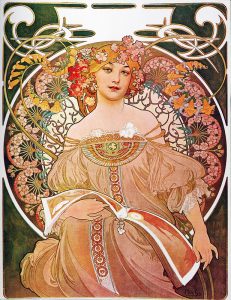Harper’s is pleased to announce Castaway, New York-based artist Ho Jae Kim’s third solo exhibition with the gallery. Across his rigorous practice, painter Ho Jae Kim examines questions of liminality: the artist renders scenes of existential transition and disorientation, transcribing the wayward architectures of purgatory and other entrapped states. In Castaway, Kim continues to investigate the aesthetics and affects that color this psychic in between. He considers the film Cast Away (2000) as a cultural reference from which to address such interior reckoning. In the blockbuster film, Tom Hanks plays a man deserted on an island; with few tools and resources, he must learn how to endure the trauma of solitude. He personifies a volleyball to cope with his loneliness, naming it Wilson. As Kim sees it, Wilson does not only function as a material object. Like an artwork, Wilson is the product of internal and external rumination—he embodies the protagonist’s psyche.
For Kim, the career of an artist fosters the kind of psychic alienation invoked by an uninhabited island. To produce work, an artist must engage in persistent self-reflection: they must undergo a vulnerable process of questioning their ideas, realizing them, and then ushering them into public viewership. The artist’s studio can thus be seen as a site of unprecedented hardship, but also nourishment—a place that challenges brave souls to uncover difficult truths. Kim encapsulates this schism in the work Studio Island. Here, a nude figure sits beneath the shade of a palm tree, painting hatch marks on a large canvas indexing time. The painting, like the figure, appears obscured, enshrouded by the darkness that likely awaits in a nearby jungle. But beyond the tree, light emerges: speckled beige brushstrokes color a brilliant sky and a sandy beach, like a silver lining of clarity after troubling introspection.
This meditative scene, like many of the featured works, appears weathered by its layers. Kim’s intricate process involves sketching, digital rendering, chemical transferring, and adding thick swaths of ink and pigment. The resultant works incorporate dense impasto, harboring the essence of many marks and concepts built into the fabric of each visual plane. This intricate process takes center stage in the textural work, Mythical Island. Here, a figure is engulfed by unforgiving terrain: compact coats of stirring gold, pink, and navy shade the forlorn intersection where the ocean meets the sky. The unyielding brushwork shades a man who holds up a dripping vessel in front of the sea—a prized discovery amidst the pitfalls of survival.
Ultimately, throughout Castaway, Kim sustains a tone that yearns for rescue. Across these scenes of lonely strife, the artist’s protagonists appeal to be saved from misery. In the same breath, however, Kim uplifts the knowledge that arises from a state of enduring isolation. It is within these moments that one is forced to address the inner workings of the mind and spirit, narrowing in on the inquiries and reasonings that drive us forward. Castaway demystifies the fear of being alone. In this moving exhibition, Kim reveals the latent insight derived from periods of solace.




